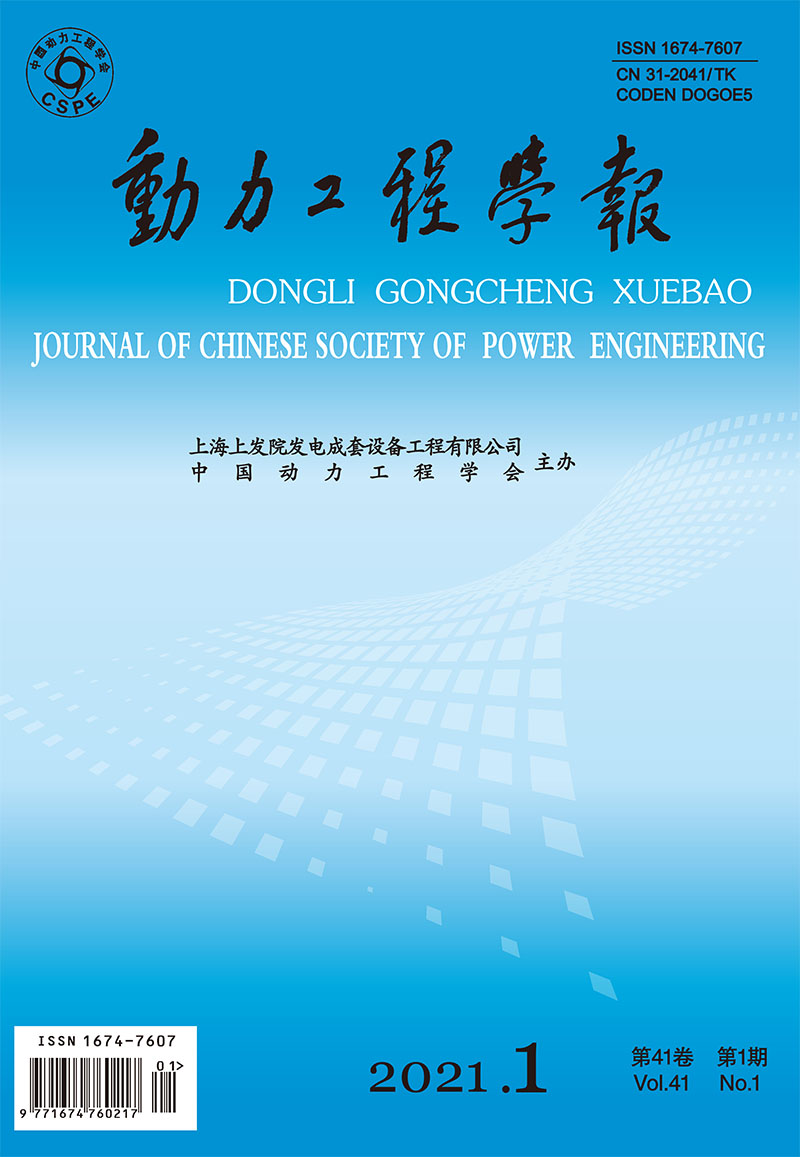Boiler Technology
GAO Jianqiang, SONG Tongtong, ZHANG Xue
Based on the features of circulating fluidized bed (CFB) boiler, the carbon emission characteristics were analyzed from the following three aspects:coal burning process, desulfurization process and auxiliary system energy consumption, etc. According to the CO2 generation mechanism, calculation methods were proposed for the CO2 generation coefficient K per unit standard coal consumption in the coal burning process, in-furnace dry desulfurization process and off-furnace calcium desulfurization process, respectively, while a calculation model was given for the carbon intensity of CFB boiler unit. Taking the 300 MW CFB boiler unit as an example, a study was conducted using the calculation model established to investigate the influence of coal quality change on the CO2 generation coefficient per unit standard coal consumption and the variation law of carbon emission intensity with the load of the CFB boiler unit. Results show that the coal quality, desulfurization efficiency, Ca/S ratio, unit load and the auxiliary power consumption are the main factors influencing the intensity of carbon emission of the CFB boiler. The CO2 generation coefficient per unit standard coal consumption corresponding to low calorific value and high sulfur coal is higher than that corresponding to high calorific value and low sulfur coal. Under the condition of a certain coal quality, the carbon emission intensity of CFB boiler is positively correlated with the Ca/S ratio in the furnace, and negatively correlated with the load of the unit; for every 1% decrease in load, the carbon emission intensity increases by 2.41 g/(kW·h), which increases by a greater extent with the decrease in unit load under low load conditions.
